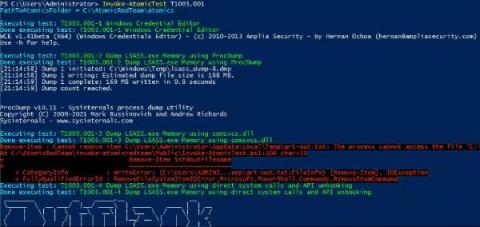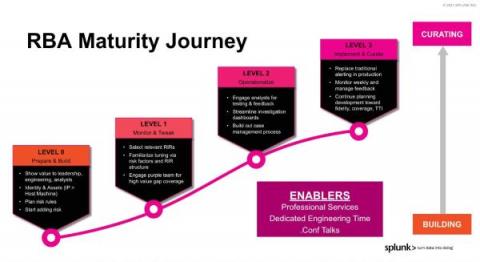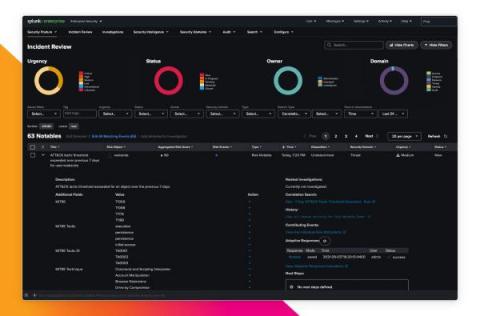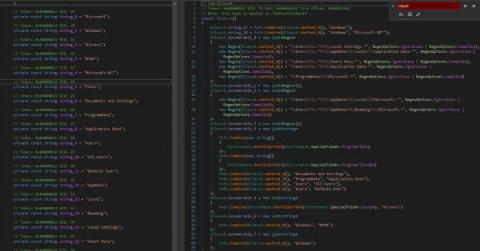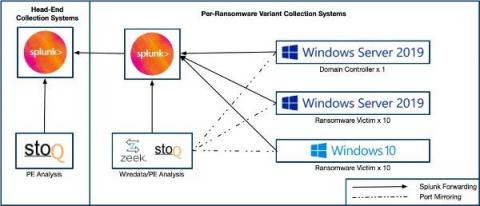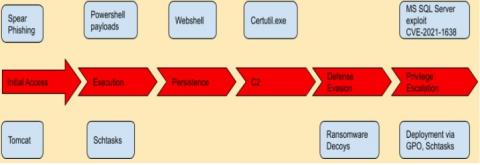STRT-TA03 CPE - Destructive Software
The Splunk Threat Research Team is monitoring several malicious payloads targeting Customer Premise Equipment (CPE) devices. These are defined as devices that are at customer (Commercial, Residential) premises and that provide connectivity and services to the internet backbone. Examples include.




